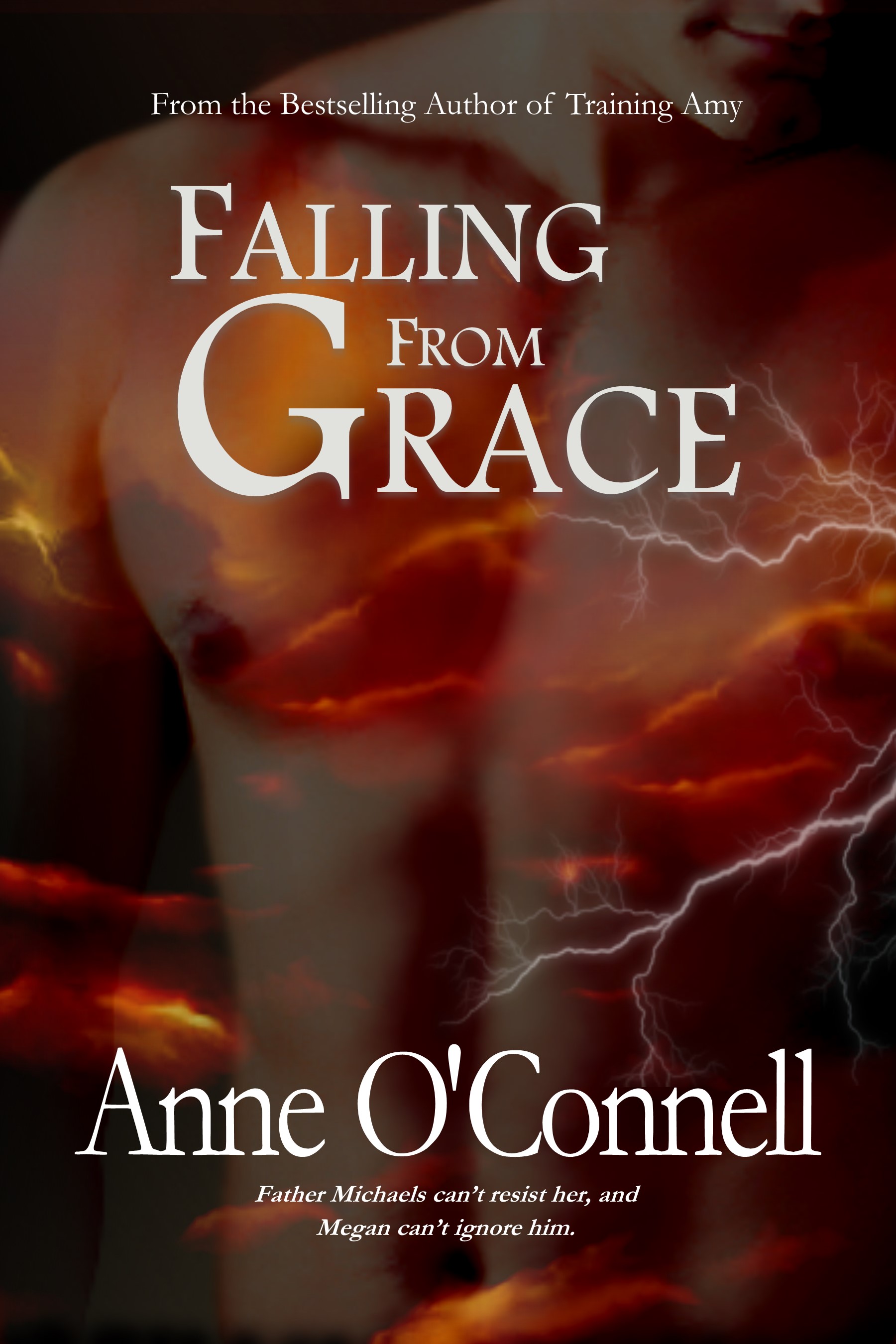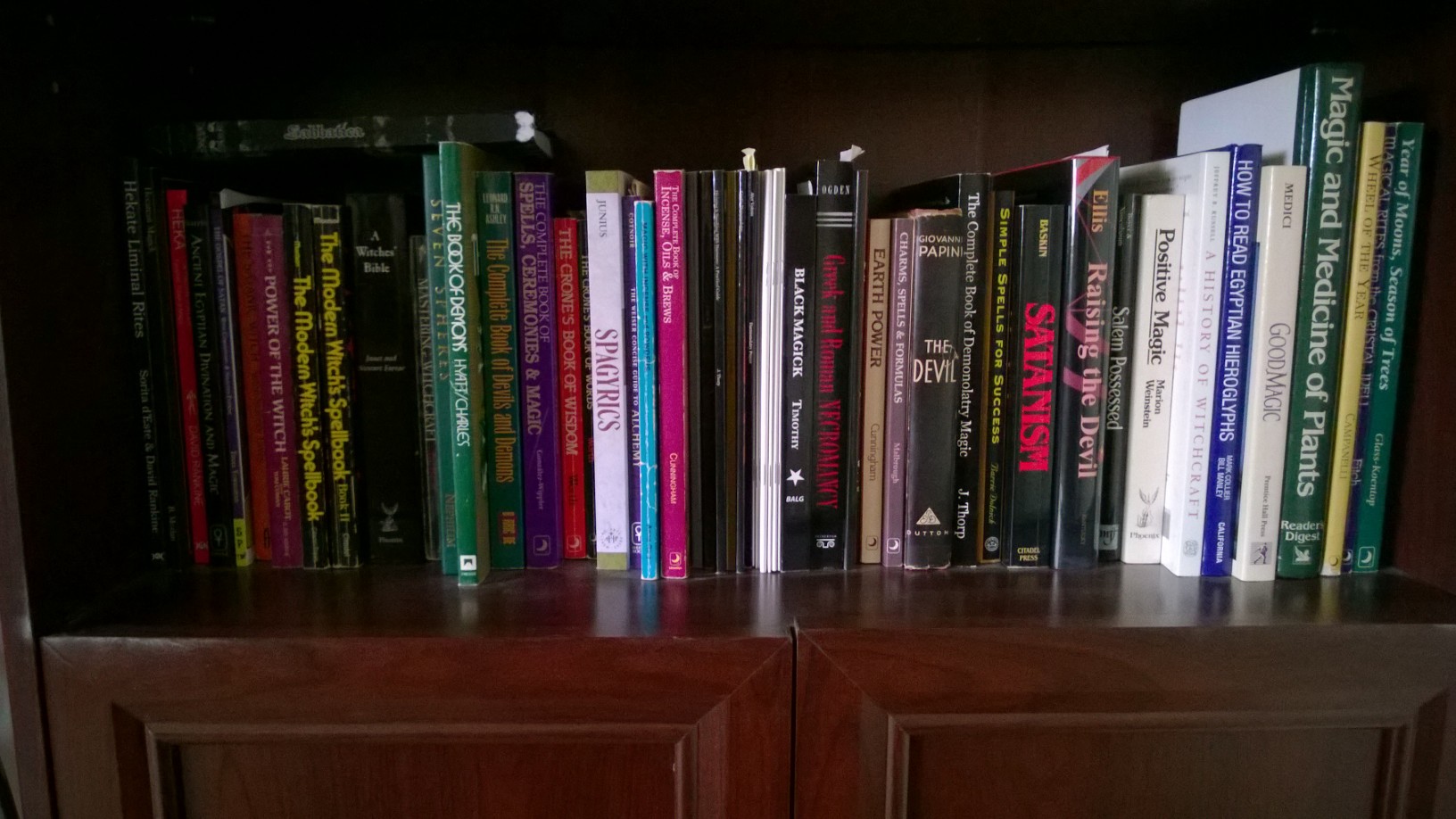Bad Covers: The Dismal Death of A Good Book
 Last night I found myself browsing indie books. I love a good indie book. There are a lot of great books out there just waiting to be discovered. The problem is they likely won’t be, and it’s not always because the writing or the story stinks. It’s because their covers do.
Last night I found myself browsing indie books. I love a good indie book. There are a lot of great books out there just waiting to be discovered. The problem is they likely won’t be, and it’s not always because the writing or the story stinks. It’s because their covers do.
Before anyone takes offense, I’m not innocent in this. I’ve had my fair share of bad covers. SINcerely, Megan, and Nice Girls Don’t to name a few. As-a-matter-of-fact I’m convinced my OTS series of books didn’t take off like they could have because I made a bad choice when it came to my cover art on the first two books. I’m not the first indie author to do this and I certainly won’t be the last.
Sadly not every indie author is blessed with enough money to hire someone to do their cover art. However, as unfortunate as it is, books really are judged by their covers.
This either requires indie authors to break down and hire a cover artist, or to adapt and *learn* how to create covers that don’t suck.
It’s not just indies who put out bad covers either. My first traditionally published novel (small press) had the most God-awful cover a book could have. The publisher/editor must have created the cover himself. It looked like a random collage of images tossed onto a red background making the book itself appear to be self-published. That’s how terrible it was. I was actually happy to see the hardcover go out-of-print so that horrible cover wouldn’t follow me into the ebook and paperback printings of the same novel.
In the end, I ended up hiring an artist to create the covers for that series of books.
It took me awhile to figure out I should be hiring cover artists or buying pre-made covers. It also took me some time to figure out how to do a decent, competent cover myself. However, a lot of my indie author friends haven’t quite figured it out yet. Especially those of you who write occult fiction. What’s with the shitty occult fiction covers guys?
I’ve come up with my own set of rules when it comes to cover art.
- Your cover should be comparable with the majority of the books in the genre you write in. If your cover doesn’t resemble the bulk of the covers in the genre in which you’re writing — readers will avoid your book. Readers have expectations. Cater to them and your sales will improve.
- Don’t use artwork you did yourself if you’re not a good artist. There are sites on the web where you can purchase artwork that can be used on books. Make use of them if you’re not artistic. If you are an artist – be honest with yourself here. Is your work really eye-catching? Or could it be turning readers off? If your book isn’t selling and you have your own art on the cover – this is probably why. For the OTS series, I had the brilliant idea to use “dark art” paintings I’d done. I thought the paintings were fun and different, and gave the covers personality. Some readers, my editor, and some friends, agreed with me. While that small portion of folks loved the covers, the majority of people really hated them. As a result we listened to the readers and we redesigned the covers to have a modern look, and to create design consistency from one book to the next. The general consensus? The covers are much better and people don’t feel turned off by them anymore.
- Make sure your cover image is AT LEAST 300dpi and is sized right. I can’t believe all of the pixilated and improperly sized (usually stretched) art I see on people’s covers. The easiest way to avoid this is to size your cover art the same as the trim size of your book. So, for example, if you’re putting out a 5.5″ x 8.5″ book, make sure your art is at least 300 dpi (dots per inch) and is sized 5.5″ x 8.5″.
- Make sure people can read your title and YOUR NAME. A lot of covers I’ve seen have the author’s name tiny, at the bottom of the book. I see this on pro books, too and I think it’s just bad design in general. You want the reader to remember YOUR name as well as the name of your book. In other instances of bad cover art – one can barely read the title because it’s too small, or the font is so gods-awful (or so common) that it just looks bad. Stay away from fonts that are hard to read, too. Sometimes Garamond trumps a common Brush Script. It looks cleaner and classier. And for God’s sake – NEVER use Algerian or Papyrus!! These are two of the most overused, awful fonts I’ve seen on indie covers. Bleh!
- Study professional covers. Notice how titles and author names are not falling off the covers or sitting right on the top or bottom edge. It’s okay to put your title in the middle or at the bottom. Experiment. Do several covers and then let friends judge which one is best. Take that best one, and tweak it.
- Many of us have creative friends who are more than willing to help with cover creation. Take people up on their offers to help or lend an eye. I have some artistic friends who will work for beer and pizza. My husband has a good aesthetic eye, too. Find someone with an aesthetic eye to look at your cover and give you some constructive ideas for improvement. Sometimes it’s about moving design elements around until they “click”.
- Keep it simple. Sometimes simple is better. The more complex the artwork and the font, the busier a cover gets. The busier it gets, the more likely it will be glossed over by readers. If you have busy artwork, use a simple font. If you have really simple artwork, a more decorative, but legible, font can dress it up.
- Color — Use light font colors for dark backgrounds and dark fonts for light backgrounds. Also, don’t be afraid to make one word in a title a different color so it will *pop*. Make sure you use font colors that compliment your cover-art, not compete with it. If you really have no sense of style, design, or taste – get someone who does to help you. You’ll be glad you did.
- Break down and hire someone else to do your covers if possible.
Those are my tips so far. I suppose I’ll add to this list as I learn more. [I’m always learning.] For you DIY authors out there, what are your tips for designing indie covers that can compete with professionally produced covers?



One Comment
Morgan Eckstein
Not only are my covers horrific, they are also subject to change (aka I will exchange one horrific cover for yet an even bigger eye-sore). I keep meaning to write a book on what I think a good cover should look like.